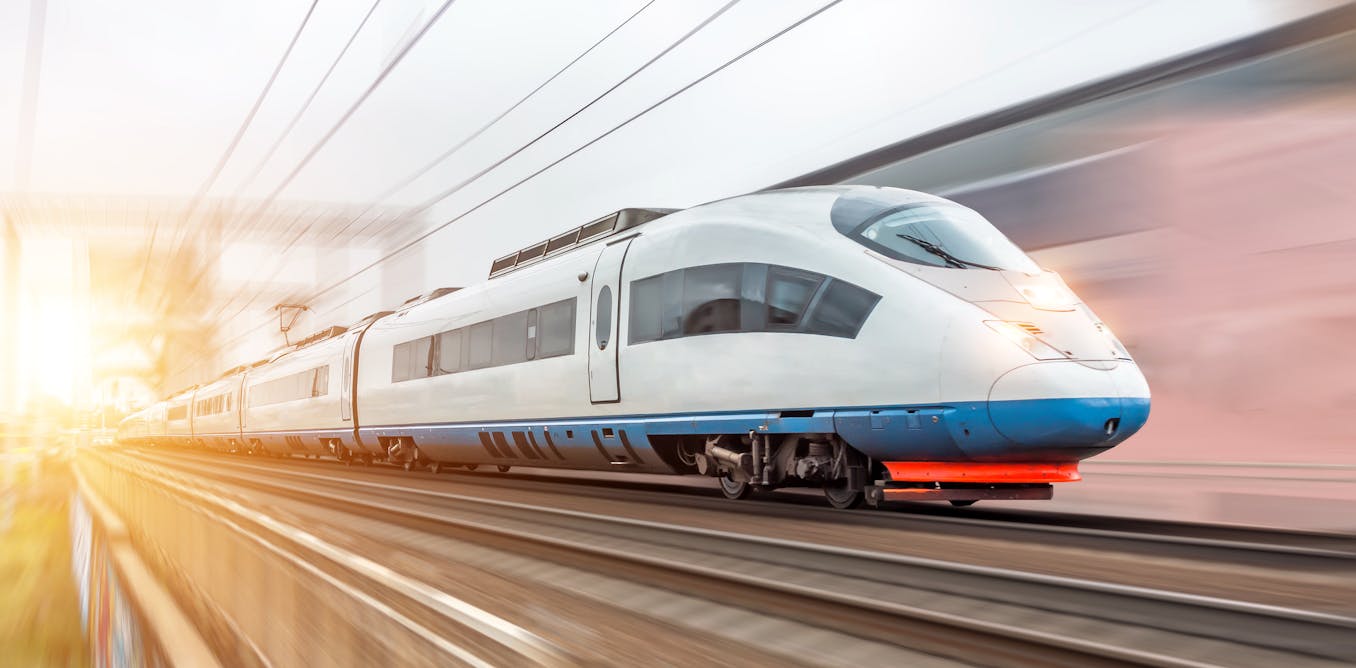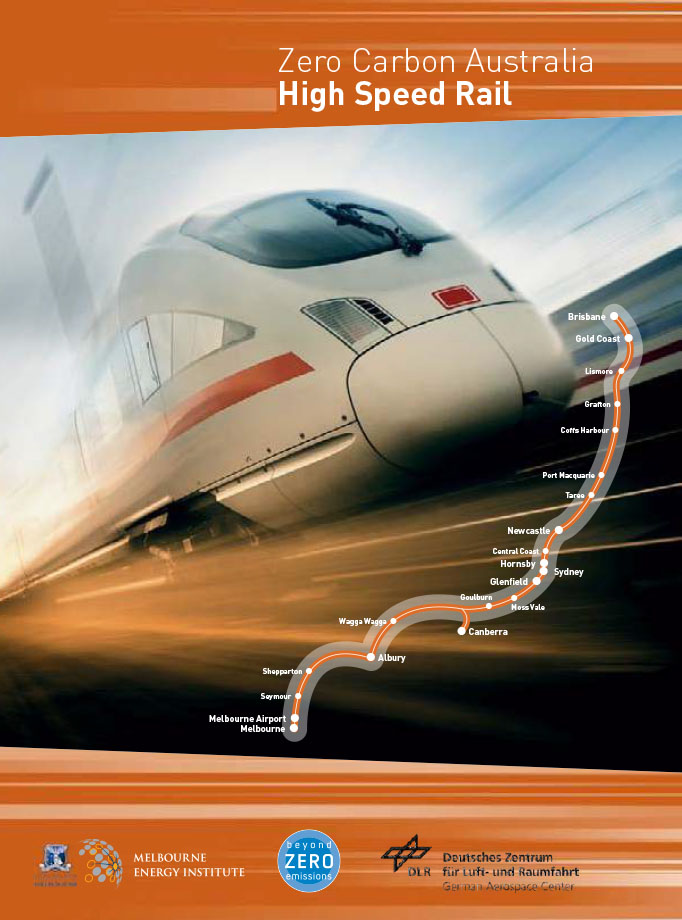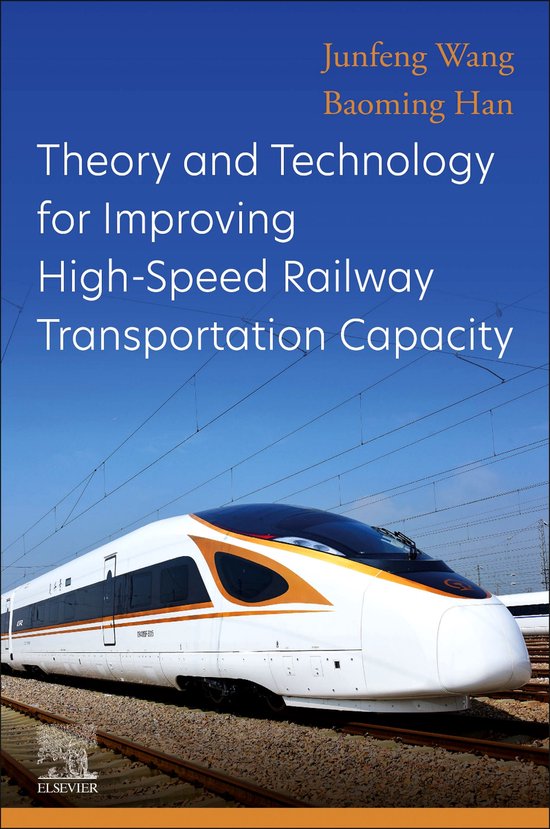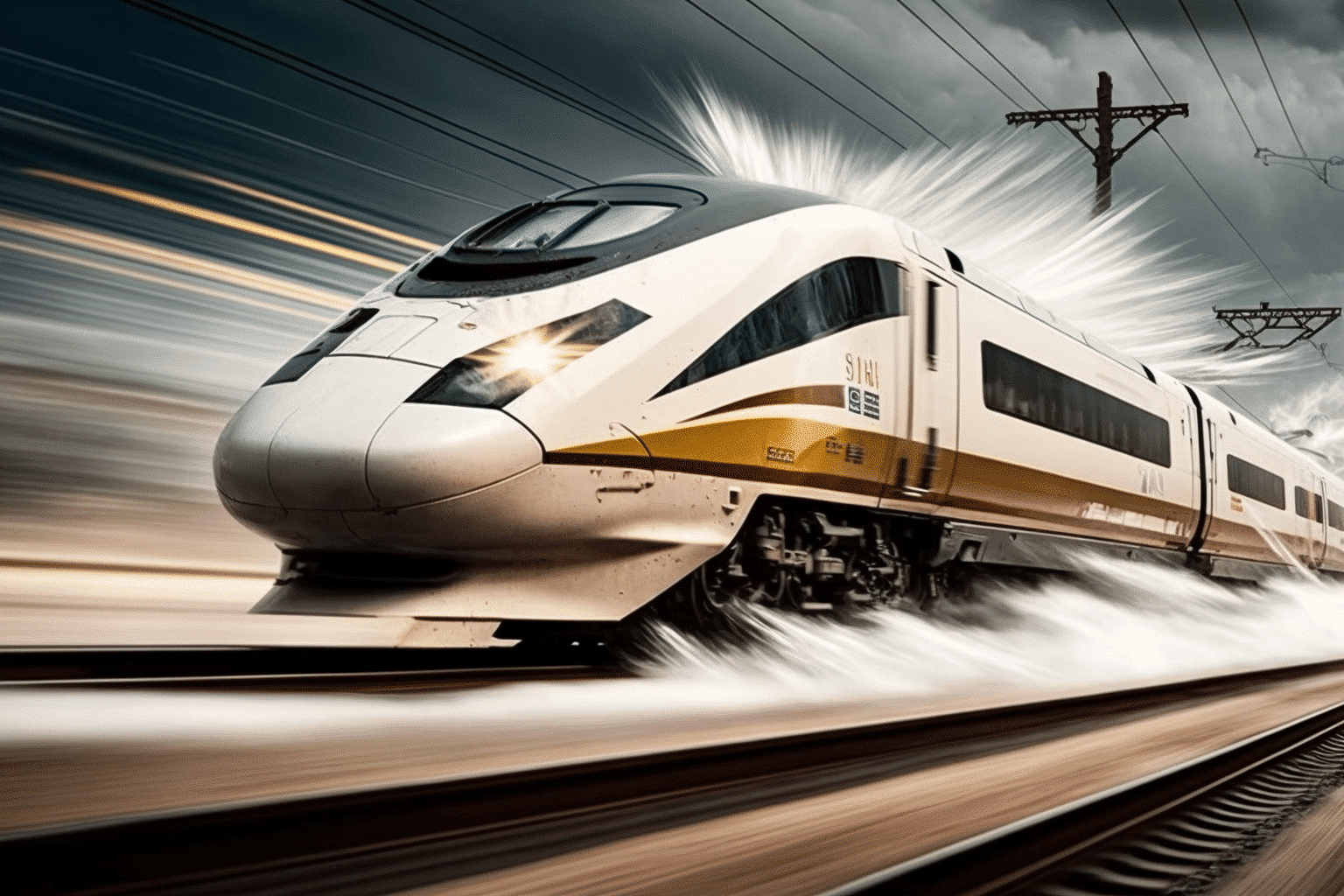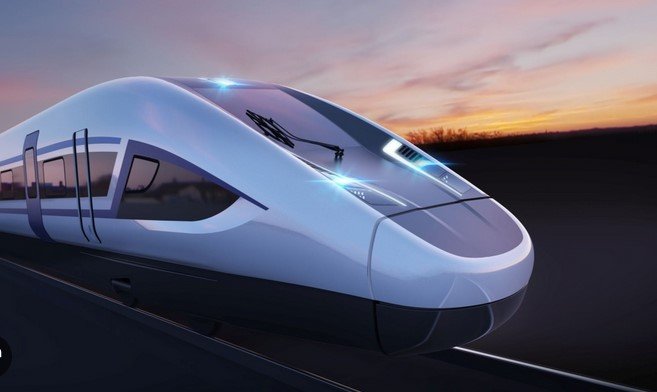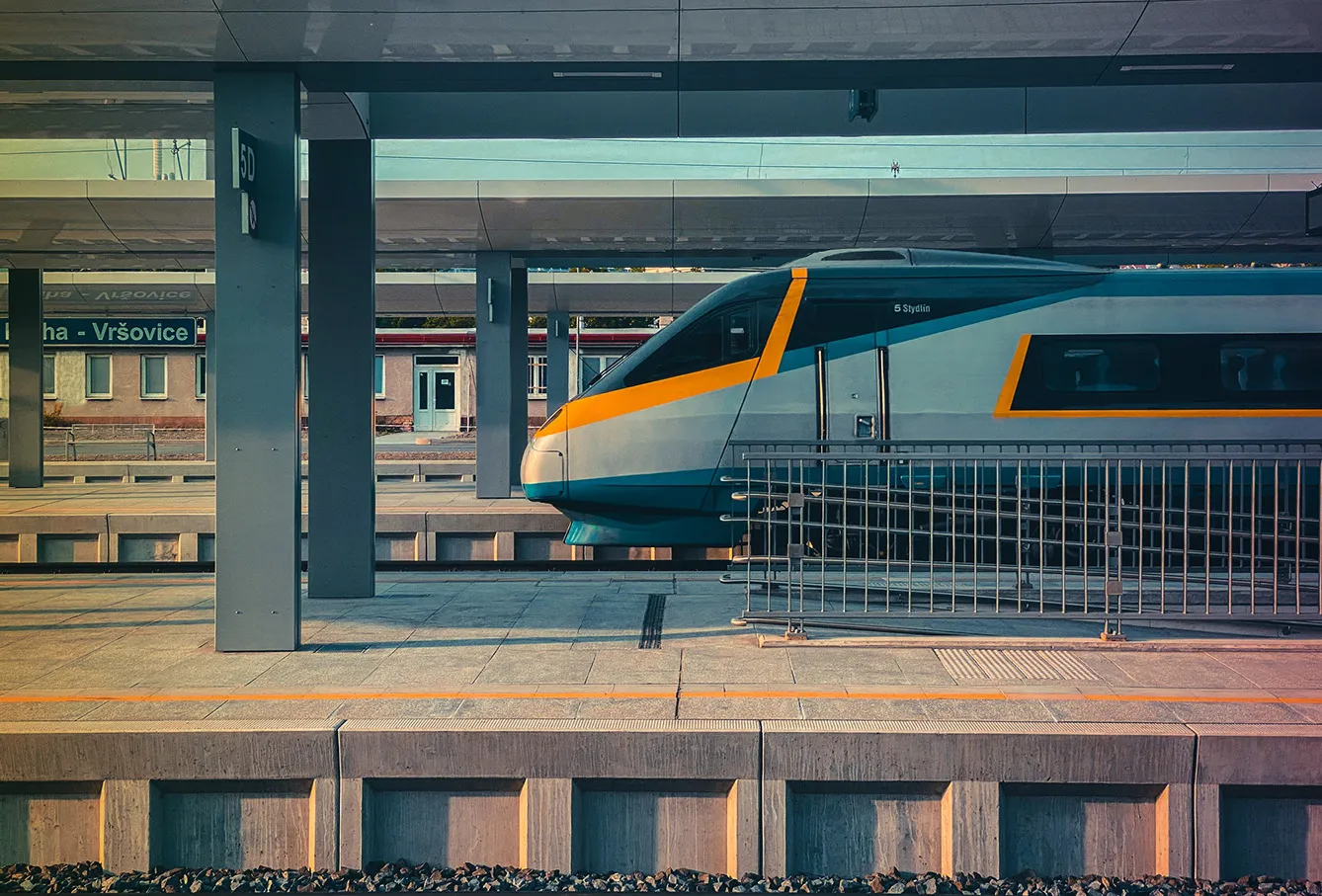Which Innovation Directly Improved The Speed Of Railway Transportation

For over a century, the quest to make railway transportation faster has driven technological advancements. While electrification, improved signaling, and streamlined track designs have all contributed, one innovation stands out as a direct and pivotal accelerator of train speeds: the introduction of electric traction, particularly using alternating current (AC) systems.
The shift from steam and early direct current (DC) electric systems to high-voltage AC electrification marked a turning point. This transition significantly increased the power-to-weight ratio of locomotives, enabling higher sustained speeds and greater acceleration, revolutionizing railway operations globally.
The Power of Electrification: A Paradigm Shift
The nut graf explains the importance of electric traction in railway transportation. Electric traction involves using electric motors to drive the wheels of a locomotive, replacing the need for a steam engine or diesel engine to generate power.
Early electric railways primarily used DC systems, which, while an improvement over steam, had limitations in voltage and transmission distance. The development and implementation of high-voltage AC systems offered a solution to these challenges, allowing for more efficient power distribution over longer distances with less energy loss.
Key Advantages of AC Electrification
AC electrification brought about several advantages. First, it allows for higher voltages in the overhead lines (catenary) or third rail, reducing current and thereby minimizing energy loss during transmission.
Second, transformers on board the locomotive could efficiently step down the high-voltage AC to lower voltages suitable for the traction motors, providing greater flexibility and control. Third, AC traction motors, particularly induction motors, are generally more robust and require less maintenance than their DC counterparts.
These factors combined to deliver more powerful, reliable, and energy-efficient locomotives, resulting in significantly increased train speeds and reduced operational costs.
Historical Context and Implementation
The early 20th century saw the first widespread adoption of electric traction, initially driven by the need to reduce smoke and noise in urban areas. However, the potential for increased speed and efficiency quickly became apparent.
Countries like Switzerland, with its mountainous terrain, were early adopters of AC electrification. The higher power and regenerative braking capabilities of electric locomotives proved invaluable in navigating steep gradients and long tunnels.
Gradually, other nations, including Germany, Sweden, and France, also invested heavily in AC electrification, recognizing its transformative impact on railway performance. These investments laid the foundation for modern high-speed rail networks.
Impact on Speed and Performance
The most direct impact of AC electrification has been on train speed. High-speed rail lines, such as the Shinkansen in Japan and the TGV in France, rely almost exclusively on AC electrification.
These trains can achieve speeds of 300 km/h (186 mph) or more, a feat impossible with traditional steam or diesel locomotives. The higher power-to-weight ratio of electric locomotives allows for faster acceleration and shorter journey times.
Moreover, AC electrification enables regenerative braking, where the kinetic energy of the train is converted back into electricity during deceleration, further improving energy efficiency and reducing wear on brake components.
Beyond Speed: Other Benefits
While speed is the most prominent benefit, AC electrification offers other advantages as well. Electric trains are significantly cleaner than steam or diesel trains, reducing air pollution and greenhouse gas emissions, contributing to environmental sustainability.
Electric locomotives also tend to be quieter, reducing noise pollution in urban areas and along railway lines. This improved environmental performance aligns with global efforts to promote sustainable transportation solutions.
Furthermore, electric traction reduces the need for expensive and complex maintenance associated with steam and diesel locomotives, leading to lower operational costs and improved reliability.
Looking Ahead
The future of railway transportation is inextricably linked to electrification. As countries around the world invest in expanding and upgrading their rail networks, AC electrification will continue to play a crucial role in increasing speed, efficiency, and sustainability.
Ongoing research and development efforts are focused on improving the efficiency of electric traction systems, reducing energy consumption, and exploring new technologies, such as superconducting cables and advanced motor designs.
The continued adoption of electric traction will not only enhance the performance of existing railway lines but also pave the way for the development of even faster and more efficient high-speed rail networks in the future.
In conclusion, while numerous innovations have contributed to the evolution of railway transportation, AC electrification stands out as the singular innovation that most directly improved the speed of trains. Its transformative impact on power, efficiency, and performance has reshaped railway operations worldwide, enabling the development of high-speed rail networks and paving the way for a more sustainable and efficient future for rail travel.
